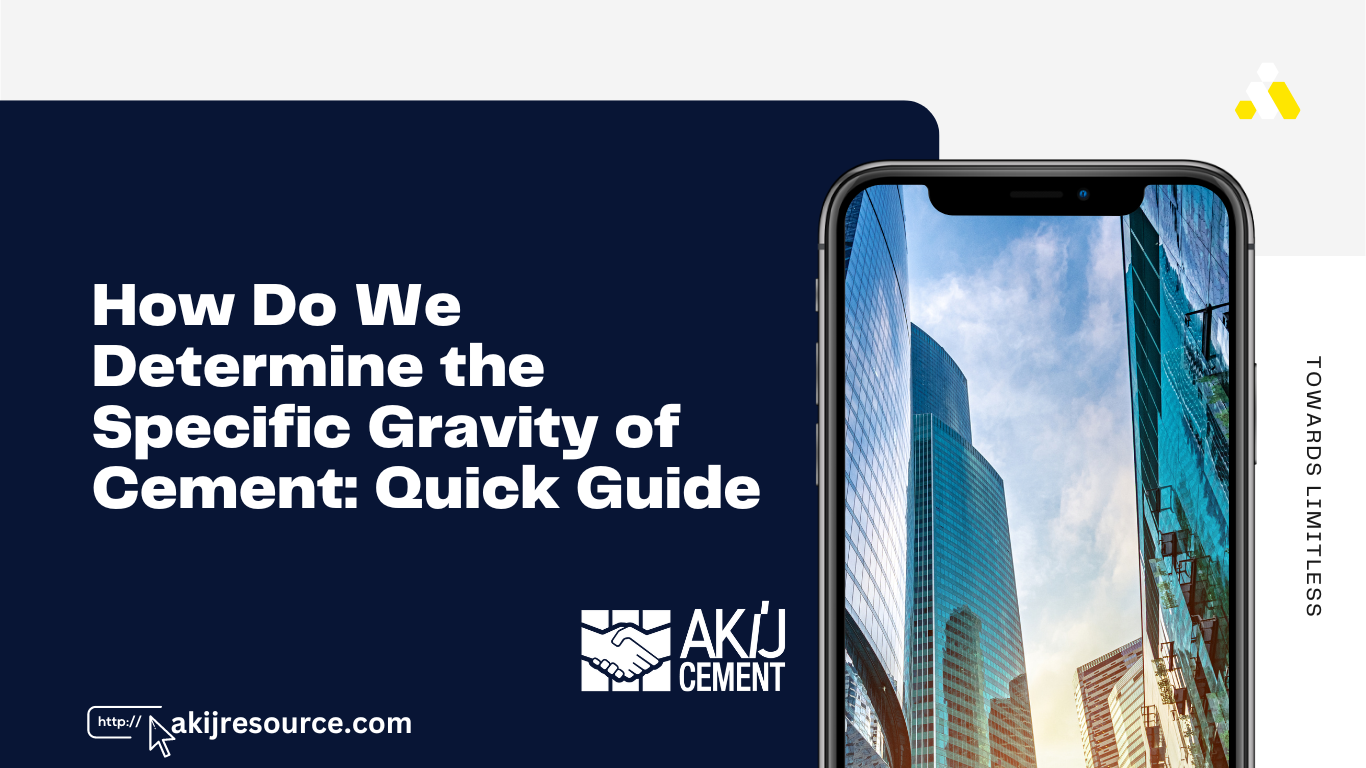TMT rebar enhances earthquake resistance due to its high flexibility and strength. These bars absorb seismic energy, reducing the risk of structural failure.
Building structures that can withstand the ferocity of earthquakes is crucial, especially in seismically active regions. TMT (Thermo-Mechanically Treated) rebar, or reinforcement bars, are at the forefront of constructing resilient edifices. Their unique manufacturing process, which involves rapid quenching and tempering, imparts superior ductility and strength.
As a result, TMT rebars are capable of enduring the intense shaking during an earthquake, minimizing the likelihood of catastrophic collapses. Their enhanced elongation properties allow buildings to flex without compromising their integrity. This makes TMT rebar a vital component in modern construction, aiming to safeguard lives and investments against the unpredictable forces of nature. Engaging these innovations in building practices marks a significant step towards more earthquake-resistant infrastructure.
Introduction to TMT Rebar
TMT Rebar stands for Thermo-Mechanically Treated Reinforcement Bars. These bars are a backbone in modern construction. They provide strength and flexibility to buildings. This is crucial in areas prone to earthquakes. TMT bars help buildings resist seismic forces.
Why TMT Rebar Matters
TMT Rebar is vital for earthquake-resistant construction. It has a unique structure. The core is soft, which gives flexibility. The outer surface is tough. This combination helps buildings bend without breaking during quakes.
- Ductility: TMT bars can bend without breaking.
- Strength: They hold the structure firmly.
- Corrosion resistance: TMT bars last longer.
The Evolution Of Rebar Technology
Rebar technology has changed over time. Early buildings used unprocessed steel. This steel was weak against earthquakes. Today, TMT Rebar uses advanced technology. It undergoes heating and cooling processes. This makes it better for modern buildings.
| Year | Technology | Feature |
|---|---|---|
| Before 1950s | Unprocessed Steel | Weak in earthquakes |
| 1950s-1980s | Cold Twisted Steel | Better ductility |
| 1990s-Present | TMT Rebar | Strength, Flexibility, Corrosion Resistance |
Characteristics of TMT Rebar
Thermomechanically Treated (TMT) rebars play a vital role in modern construction. Their unique characteristics make them essential for buildings in seismic zones. TMT rebars ensure structures can withstand earthquakes. Let’s delve into what makes TMT rebar so effective for earthquake resistance.
Material Composition
TMT rebars consist of a core of soft ferrite-pearlite and a tough outer surface of tempered martensite. This dual-layer structure gives the rebars high strength and ductility.
- Iron: forms the base of the rebar.
- Carbon: adds strength.
- Manganese: increases toughness.
- Sulphur and Phosphorus: kept low to avoid brittleness.
Mechanical Properties
The mechanical properties of TMT rebars define their performance during seismic activity.
| Property | Benefit |
|---|---|
| High Yield Strength | Supports heavy loads |
| Excellent Ductility | Bends without breaking |
| Good Weldability | Joins easily with other metals |
| Corrosion Resistance | Lasts longer even in harsh weather |
These properties ensure that TMT rebars can absorb and distribute energy during an earthquake. This prevents buildings from collapsing.
Manufacturing Process
The manufacturing process of TMT rebar is crucial for its performance. High-quality TMT rebars provide the strength and flexibility needed for earthquake resistance. Let’s delve into the details of how these rebars are made and the quality control measures in place.
Thermo-mechanical Treatment Explained
The manufacturing of TMT rebar involves a unique process. It strengthens the core and toughens the surface. The process has several key steps:
- Heating: Steel billets heat to a high temperature.
- Rolling: Hot steel passes through rolling mills.
- Quenching: Surface rapidly cools with water jets.
- Self-Tempering: The core’s heat tempers the outer layer.
- Cooling: Rebars cool down slowly to strengthen further.
Quality Control Measures
Ensuring the quality of TMT rebars is essential. Manufacturers perform various tests:
- Bend Test: Checks the rebar’s flexibility.
- Tensile Test: Measures the rebar’s strength.
- Chemical Analysis: Ensures proper composition.
Each rebar undergoes strict inspection before shipment. This ensures they meet safety standards for earthquake resistance.

Credit: mslife.com
Advantages In Earthquake Resistance
TMT Rebar, or Thermo-Mechanically Treated Rebar, is a boon for earthquake-resistant construction.
Its unique features make buildings safer during seismic activities. Let’s explore the benefits that TMT Rebar brings to earthquake resistance.
Flexibility And Strength Balance
The core of TMT Rebar remains soft, giving it excellent flexibility. This flexibility helps structures bend without breaking.
Balance between flexibility and strength is crucial. It ensures buildings can withstand tremors.
A high strength-to-flexibility ratio is TMT Rebar’s key feature. It supports heavy loads while absorbing seismic forces.
Enhanced Ductility
Ductility refers to a material’s ability to deform under stress. TMT Rebar excels in this.
It stretches under seismic stress, then returns to its original shape.
- Resists major cracks.
- Prevents collapse.
- Enables buildings to bear repeated shocks.
Comparing TMT With Other Rebar Types
When building to withstand earthquakes, the choice of rebar is crucial. TMT (Thermo-Mechanically Treated) rebar has gained popularity for its high strength and flexibility. Let’s compare TMT rebar with other types to understand why it stands out for earthquake resistance.
Conventional Rebar Vs. Tmt
Conventional rebars, often made from carbon steel, have been used in construction for decades. These rebars provide strength but may lack in flexibility, which is vital in seismic zones. TMT rebars, on the other hand, are known for their unique manufacturing process. This process gives them a strong outer layer and a soft core. This combination allows TMT rebars to bend without breaking, making them ideal for earthquake-prone areas.
| Feature | Conventional Rebar | TMT Rebar |
|---|---|---|
| Flexibility | Lower | Higher |
| Strength | Good | Excellent |
| Corrosion Resistance | Basic | Improved |
Performance In Seismic Activities
During an earthquake, buildings must flex to absorb shocks. TMT rebars outperform others due to their high ductility. This means they can stretch under tensile stress without losing their shape. This flexibility is vital for structures in seismic zones. The soft core of TMT rebars absorbs and distributes the energy from tremors, reducing the risk of structural failure. Conventional rebars may snap under similar stress, leading to catastrophic building collapses.
- Ductility: TMT rebars stretch more, resist snapping.
- Energy Absorption: Soft core of TMT disperses quake energy.
- Safety: TMT reduces risk of building collapse in quakes.

Credit: maantmt.com
Installation Best Practices
Building strong buildings is key, especially in areas with earthquakes. TMT Rebar plays a big role. Let’s talk about how to install it right.
Rebar Placement Techniques
- Measure the area carefully before starting.
- Use a layout plan to place rebars correctly.
- Rebars should overlap at least 12 inches for strength.
- Secure them with wire to keep them in place.
Ensuring Structural Integrity
To keep buildings safe during quakes, follow these steps:
- Check the quality of TMT Rebar. Only use the best.
- Apply a concrete cover to protect rebars from rust.
- Use spacers to keep rebars in the right spot in concrete.
- Inspect the setup before pouring concrete.
| Step | Action | Reason |
|---|---|---|
| 1 | Quality check | Ensures strength |
| 2 | Apply cover | Prevents rust |
| 3 | Use spacers | Keeps rebars aligned |
| 4 | Final inspection | Confirms setup is correct |
Remember, safety and quality are most important. Follow these steps for best results.
Case Studies
Exploring case studies of TMT rebar in action reveals its effectiveness. These real-life examples prove TMT rebar’s role in enhancing earthquake resistance.
Real-world Implementations
Let’s look at how TMT rebar has been used globally. Various structures stand tall today, thanks to TMT rebar’s robustness.
- Taipei 101, Taiwan – This skyscraper uses TMT rebar for its flexibility and strength.
- Akashi Kaikyō Bridge, Japan – The bridge survived earthquakes due to TMT rebar.
Post-earthquake Assessments
After quakes, experts assess buildings. They check how TMT rebar protected the structure.
| Structure | Location | Outcome |
|---|---|---|
| Apartment Complex | Chile | Minimal Damage |
| Hospital | India | No Structural Harm |
These studies show TMT rebar’s vital role in safety.
Future Of Tmt Rebar
Steel is vital in construction. TMT rebar shapes our buildings. It makes them strong. It helps them stand during earthquakes. The future of TMT rebar is bright. It promises safer homes and offices. Let’s explore what’s coming.
Innovations In Material Science
New materials are emerging. They are stronger and more flexible. They can bend without breaking. This is crucial in an earthquake. Scientists are working hard. They mix new alloys. They test them. They make sure they are safe.
- High-strength rebars: They support more weight.
- Corrosion-resistant: They last longer.
- Smart rebars: They sense stress changes.
Predicting The Next Wave Of Earthquake-safe Structures
Designers use new tools. They simulate earthquakes. They see how buildings will react. This helps them design better. Every new building will be safer. It will be more resistant. People will feel secure inside.
- Software simulations: They show possible damage.
- Earthquake drills: They prepare us for the real thing.
- Education: It teaches us about safety.
Together, these advances shape the future. They make our world safer. They give us hope. TMT rebars are key. They support our structures. They protect our lives.
Frequently Asked Questions
Does Rebar Help With Earthquakes?
Yes, rebar can enhance a building’s earthquake resilience by reinforcing concrete and improving its flexibility and strength.
What Is The Best Steel For Earthquakes?
The best steel for earthquakes is High-Strength, Low-Alloy (HSLA) steel. It offers superior flexibility and strength, making buildings more resilient during seismic activities. This material enhances safety and minimizes damage, proving essential for construction in earthquake-prone areas.
What Are The Best Materials For Earthquake Resistance?
Steel and reinforced concrete are top choices for earthquake resistance due to their strength and flexibility. Cross-laminated timber is also gaining popularity for its energy-dissipating properties.
Are Tmt Bars Corrosion Resistant?
Yes, TMT bars are corrosion-resistant due to their special manufacturing process, which provides them with a protective outer layer.
Conclusion
Understanding the vital role of TMT rebar in enhancing earthquake resistance is crucial for modern construction. This innovative material offers strength, flexibility, and durability, making buildings safer during seismic activities. By choosing TMT rebar, constructors and homeowners alike invest in long-term security and peace of mind.
It’s a smart move for earthquake-prone areas, ensuring structures stand strong against nature’s challenges.






















